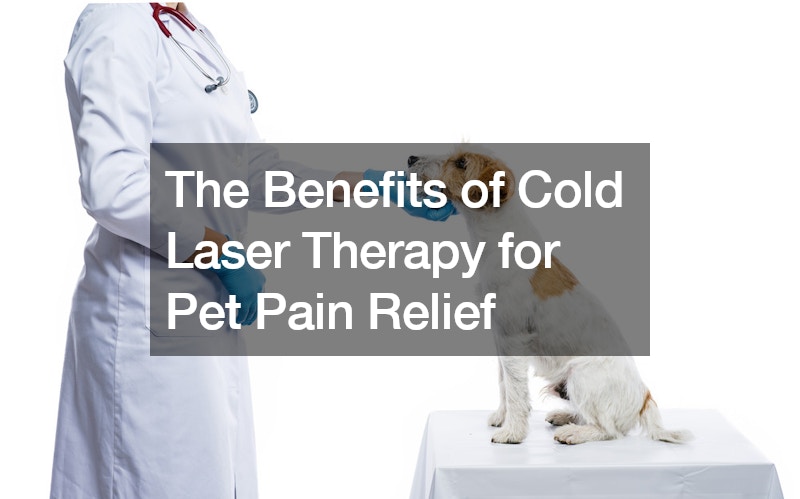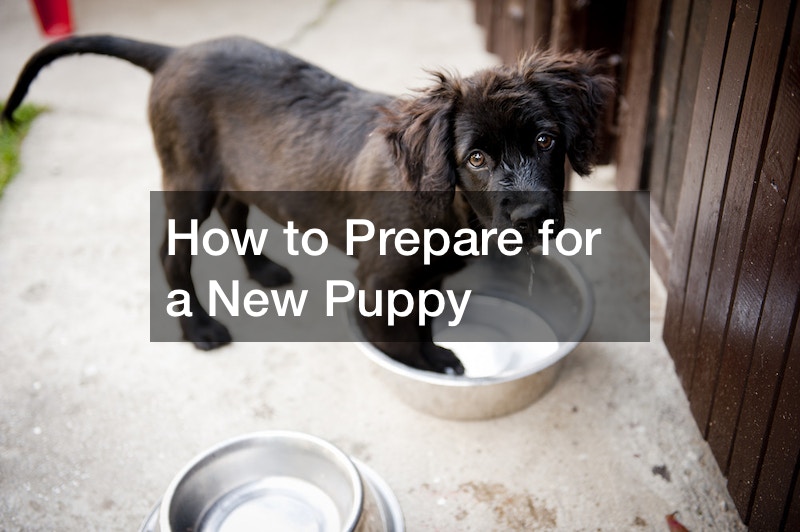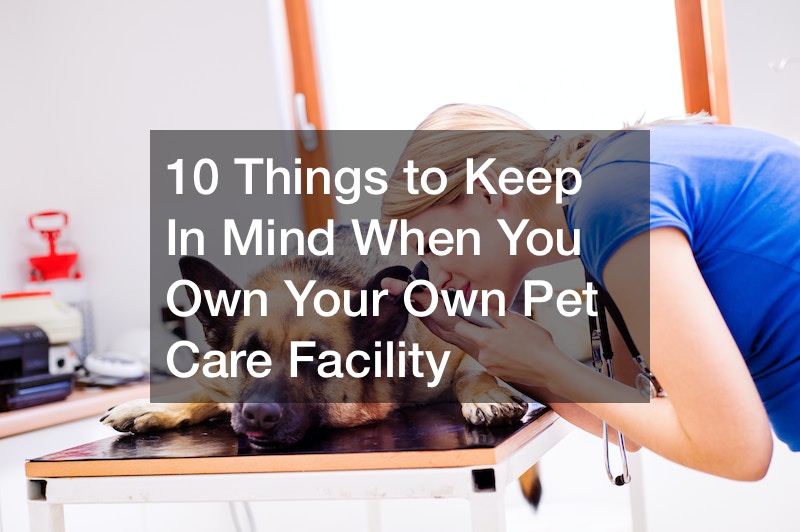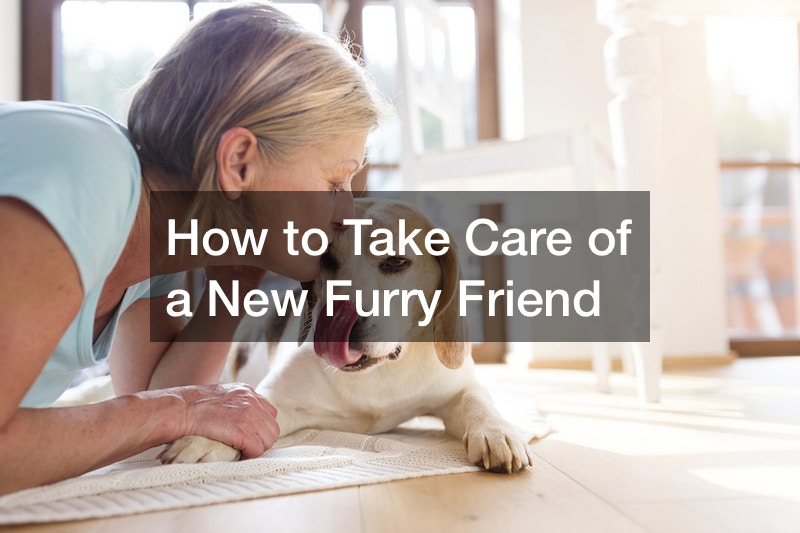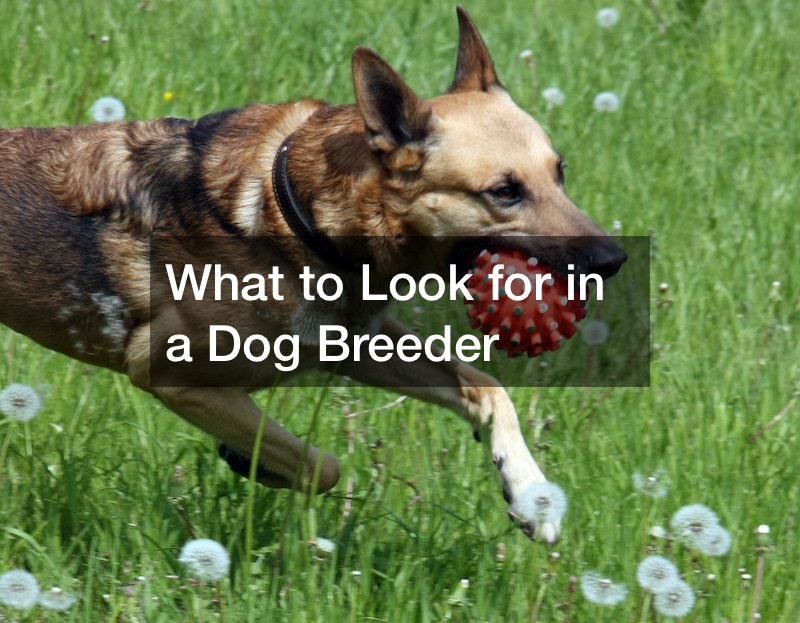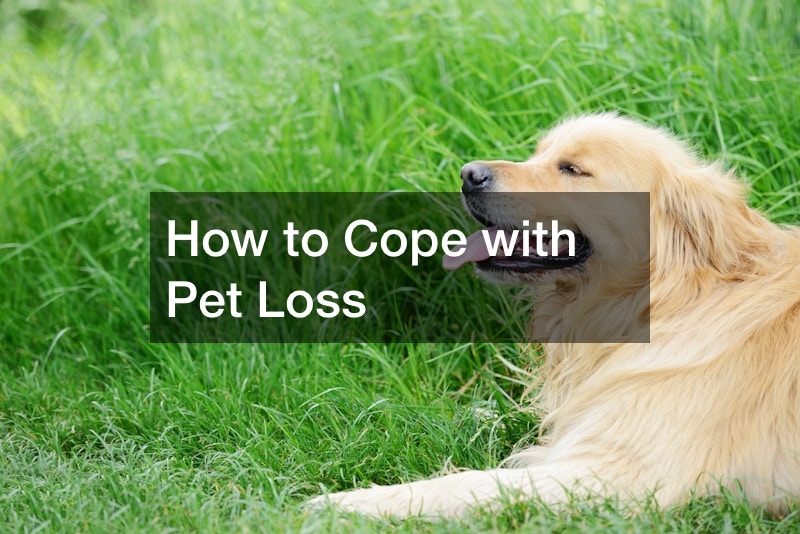Choosing the right veterinarian is crucial for the well-being of your beloved pets. Whether you have a new furry friend or are considering changing your current vet, asking the right questions can ensure your pet receives the best care possible. Here are three essential questions to ask your local veterinarian:
Firstly, inquire about their experience and qualifications. Understanding their background, specialties, and the types of animals they typically treat will give you confidence in their ability to handle your pet’s needs.
Secondly, discuss the clinic’s emergency protocols. Knowing how emergencies are handled during and after office hours can provide peace of mind, especially in critical situations.
Lastly, understand the clinic’s approach to preventive care. Vaccinations, regular check-ups, and nutrition advice are fundamental to your pet’s health. Ask about their preventive care plans and how they tailor them to your pet’s specific needs.
Choosing a local veterinarian is not just about medical expertise but also about trust and rapport. Ensure you feel comfortable communicating with them and that they listen to your concerns attentively.
Proactive questioning helps establish a solid relationship with your local veterinarian, fostering a partnership focused on your pet’s long-term health and happiness. Take the time to ask these questions, and you’ll be on your way to providing your pet with the excellent veterinary care they deserve.
.




